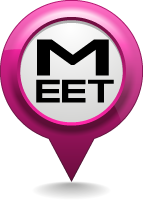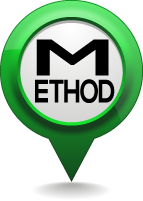Embracing the ’Single Most Important Message’
As a career agency account person, I’ve been fortunate enough to work with brilliantly creative people and to work on campaigns and projects that have won sales and share for clients plus marketing awards for us. Did I personally create the print advertisement, the direct mailer or the TV commercial? No, but I like to think my fingerprints are on them. Those fingerprints begin with a solid creative brief. And the strength of a creative brief lies within a very well-written and architected ‘single most important message‘ (SMIM).
Admittedly, I have a love-hate relationship with the SMIM. Of all of the sections to fill out on the brief, the single most important message is typically the most difficult. Anyone who has ever had to contribute to or write a creative brief has at some point likely struggled with crafting the perfect single most important message. Single, as in ONE. No ands, ors or buts. No extra commas, no semi-colons, no dashes. (This is the hate part.) What is the ONE THING that you want the reader of your ad, the viewer of your television commercial, the listener to your radio spot or the user of your website to remember?
Sometimes the SMIM comes simply, “Product X is the first, best or only...” Sometimes they need to be written and re-written (with ands, buts and ors removed) until it’s just right.
While we (agency folks and clients alike) want to tell the whole story – everything that makes a company, product or service special – we need to remember that we’re dealing with limited space, short attention spans and the myriad of messages a consumer sees per day.
Recently, I’ve found that writing for Twitter with its 140 character limit, or writing pay-per-click ads with their 25 character headlines and 70 character body copy (did I mention that spaces between words count?) are forcing me to craft clearer, simpler messages. I could even go as far as to credit texting. Who really wants to write a long, drawn out text and have to tapity-tap-tap on all of those letters?
While the quest for the single in the ‘single most important message’ can be daunting, it forces the client and agency to focus on what’s vital and differentiating to the consumer. And it’s ultimately what makes for a stronger story and a better creative product (this is the love part). So, the next time your agency asks, “what’s the one thing you most want to communicate” or it’s up to you to complete that section on the brief, embrace the challenge and everyone will be a winner in the end.








